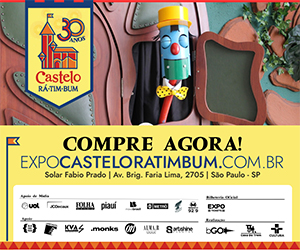Sculpture 7 (2014): installed on the Doha esplanade in Qatar
A poet in steel
The powerful sculptures of Richard Serra, who passed away in March, viewed by his photographer
Cristiano Mascaro | Edição 214, Julho 2024
Translated by Christopher Peterson
American sculptor Richard Serra, famous for his colossal abstract works, died on March 26 at the age of 85 in New York City, where he lived. The cause of death, an ordinary pneumonia, was out of keeping with the artist’s tremendous power and his steel sculptures weighing tons.
Serra was born in San Francisco, California, the son of a Spanish immigrant shipyard worker and a Jewish housewife, descendant of Ukrainians. Richard learned the secrets of steel from his father. He started visiting the shipyard at just four years of age, fascinated, watching ships being launched into the bay. He acquired his love of drawing from his mother, who encouraged him to draw as a young child, and he always carried a little sketchpad and pencil in his pocket wherever he went.
These experiences and memories helped Serra compose his work, while also turning him into a man with a tough temperament and a face that looked like it had been carved out of steel itself. One day, when he learned that a millionaire woman had purchased one of his pieces and intended to baptize it by shattering a bottle of champagne on the structure, he cancelled the sale. A friend, architect Frank Gehry, urged him to apologize to the lady by sending her a bouquet of flowers. Gehry received the flowers from Serra that very same day, along with an indecorous card suggesting what to do with them.
But that was not the gruff side known to São Paulo native Cristiano Mascaro, one of Serra’s main photographers since 2013. On the contrary. Mascaro considered Serra one of the “most respectful and generous people” he had ever collaborated with. Recalling Serra’s reactions to his own work, Mascaro comments: “With all the praise from Richard, I felt increasingly confident to produce the photos in my own way, even while realizing that he was a super-demanding and uncompromising artist.” Mascaro says they did not exactly become friends but that they developed a relationship of admiration and respect. “From one minute to the next,” the photographer recalls, always in a gentle tone and with no touch of vanity, “I became Richard Serra’s photographer, at his invitation. This had an enormous impact on my life.”
The contact came by chance. Banker Pedro Moreira Salles[1] had purchased one of the sculptor’s works, Cambuhy, for his family farm in Matão in the interior of São Paulo. As with all his sculptures, Serra asked for this one to be photographed on site at the property. For the job, Salles invited Mascaro, whom he already knew. The artist needed to approve the photos after they were taken. Everyone met at the farm, where the photos were laid out on a table. Serra was impressed by what he saw and asked Mascaro to continue collaborating with him, photographing his other sculptures. From then on, the two men, artist and photographer, traveled the world together. Some of this work’s results are shown on the following pages.
Serra never let his sketchpad out of sight for a minute, drawing his future sculptures compulsively. The photographer remembers, “His work is ultimately a bit of fusion of his mother’s love for drawing and his father’s lifelong grip on steel.” Mascaro analyzes the sculptures not with a critic’s razor-sharp eyes, but with the photographer’s sensitivity. “The amazing thing about his sculptures is that despite their weight and size, they convey lightness.”
Mascaro says that the sculptures’ creative process was highly complex: based on the artist’s drawings and instructions, the pieces were cast in Germany, treated in France, and transported to Rotterdam in the Netherlands, then shipped to their final destinations, usually public or private open spaces, but also museum halls designed especially to receive them. “When they’re assembled, they fit together harmoniously. All that weight becomes poetry,” says Mascaro. “Serra made poetry with pieces of steel.”
Presented by Consuelo Dieguez
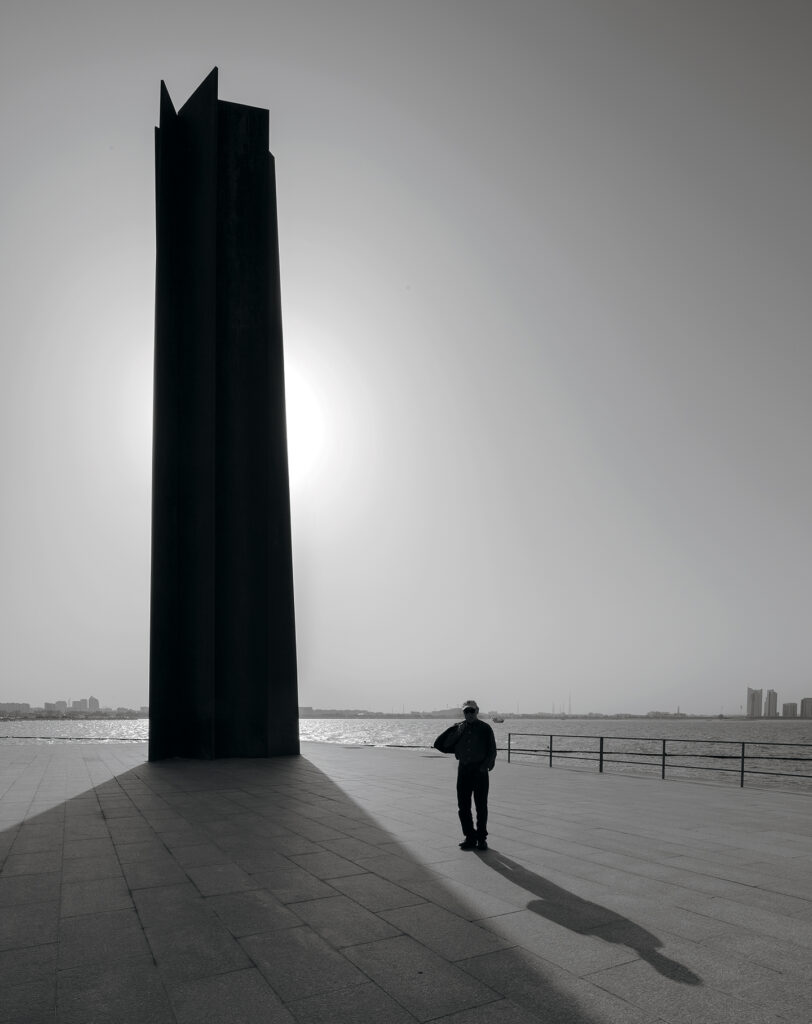
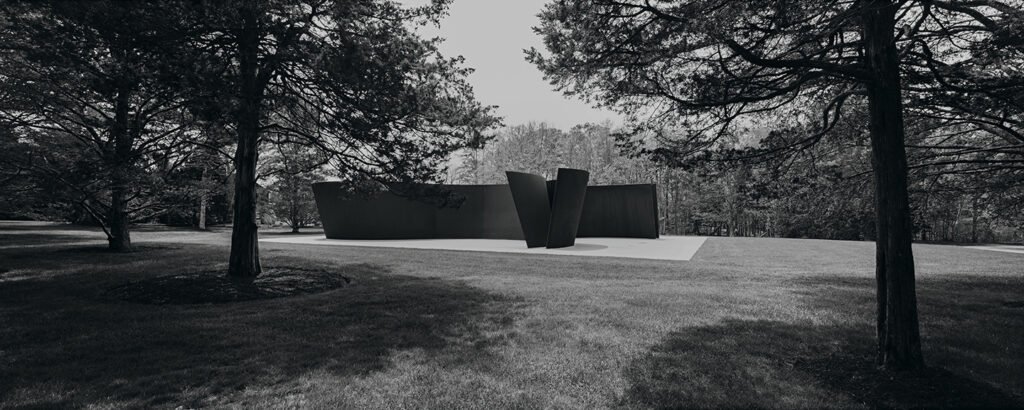
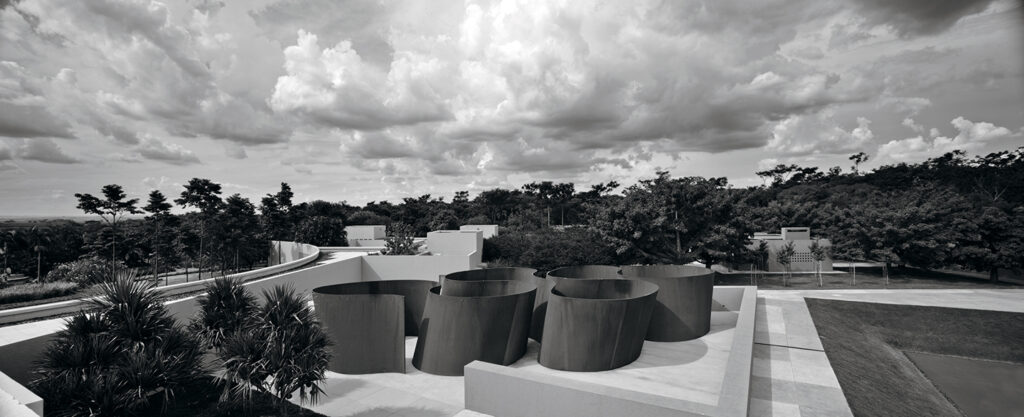
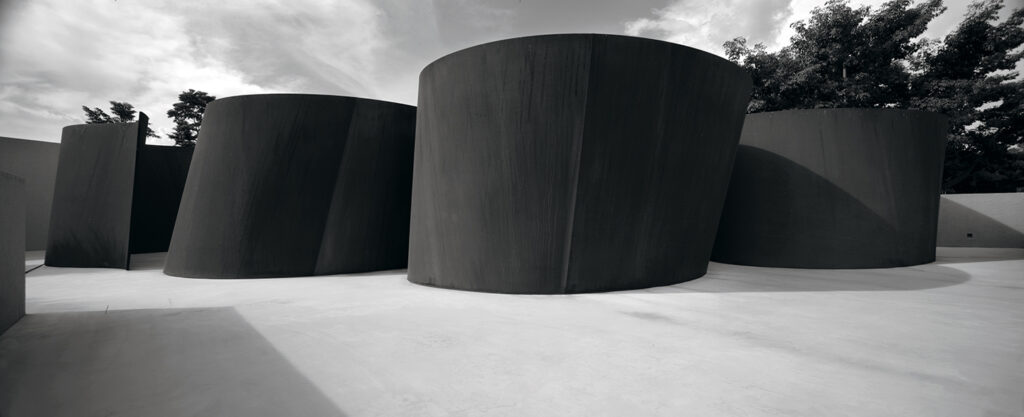
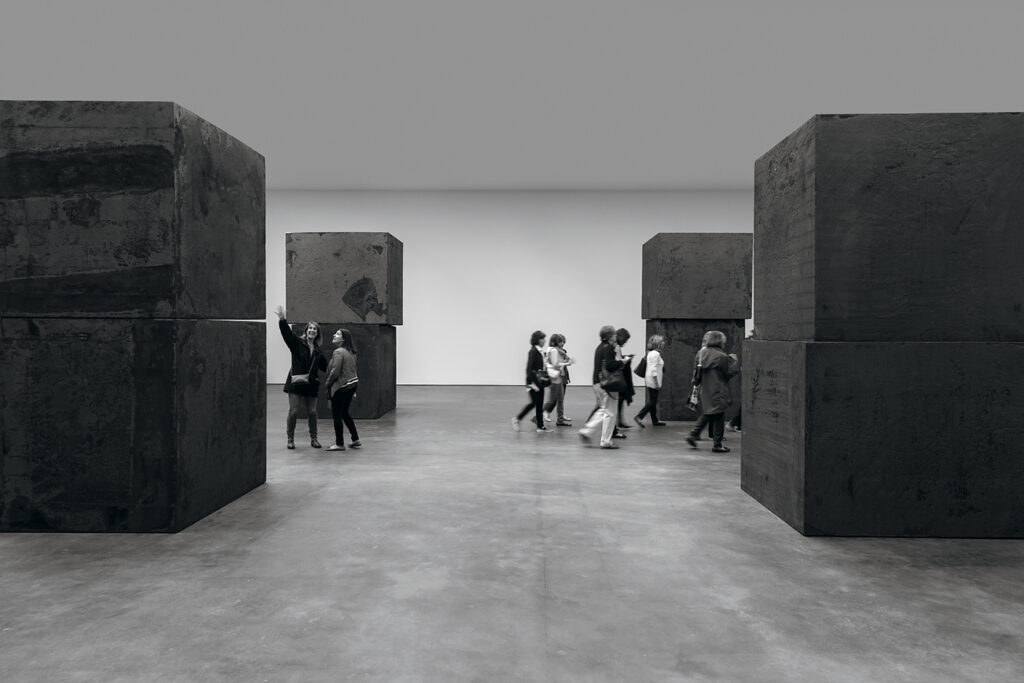
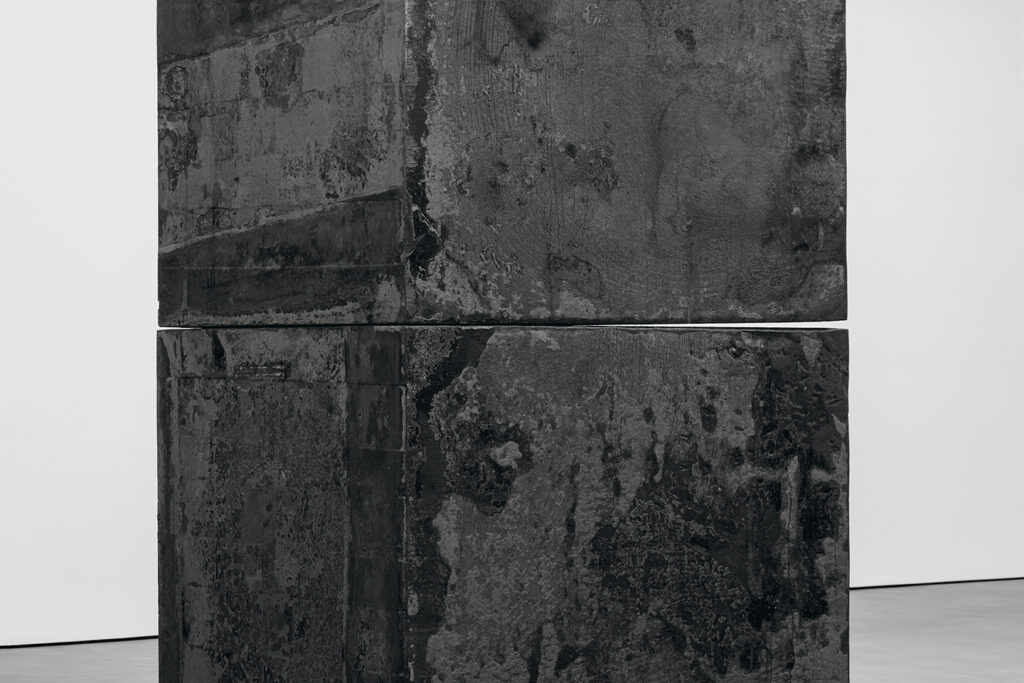

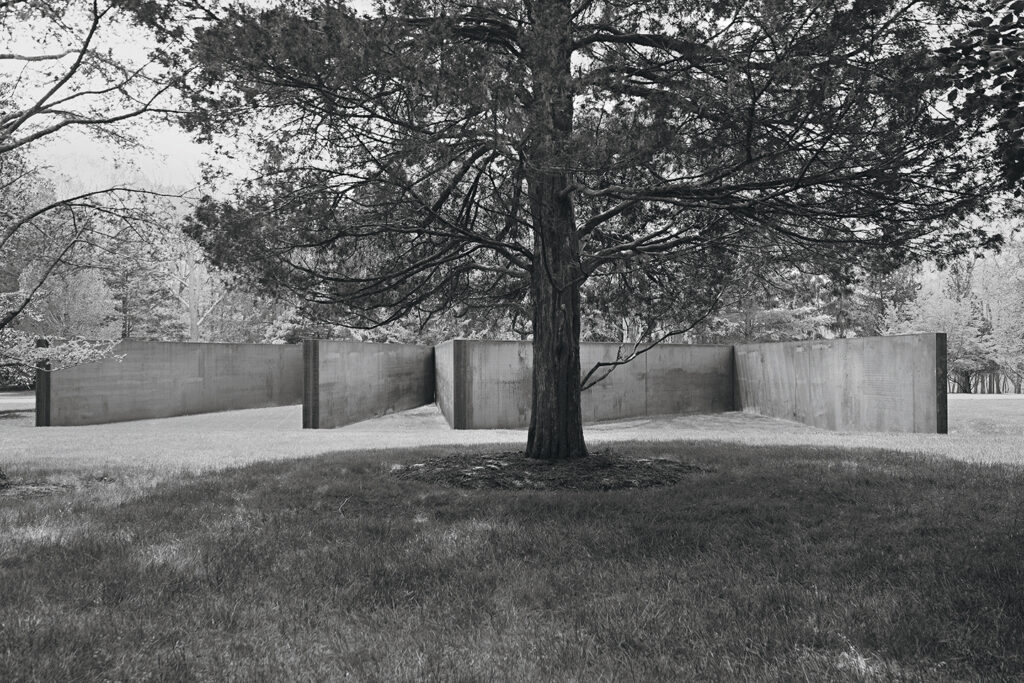
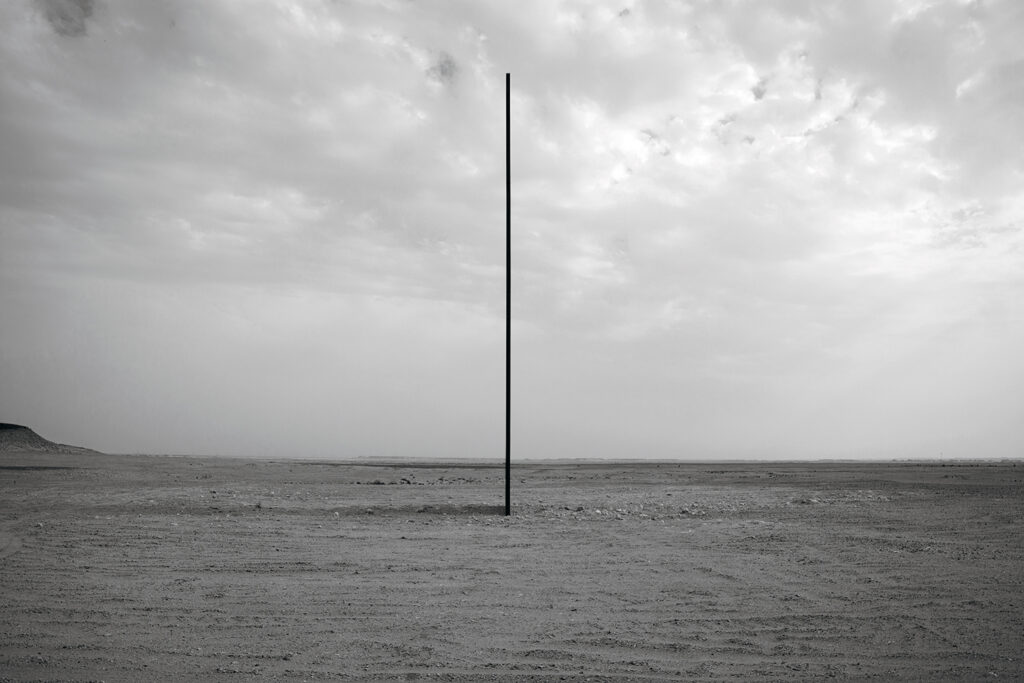
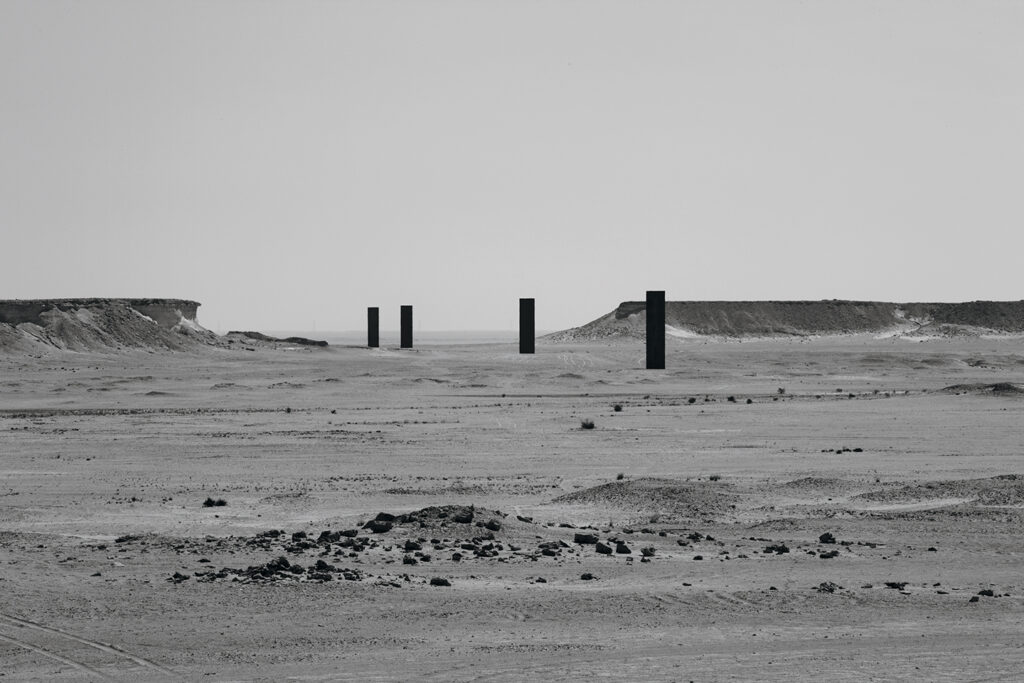
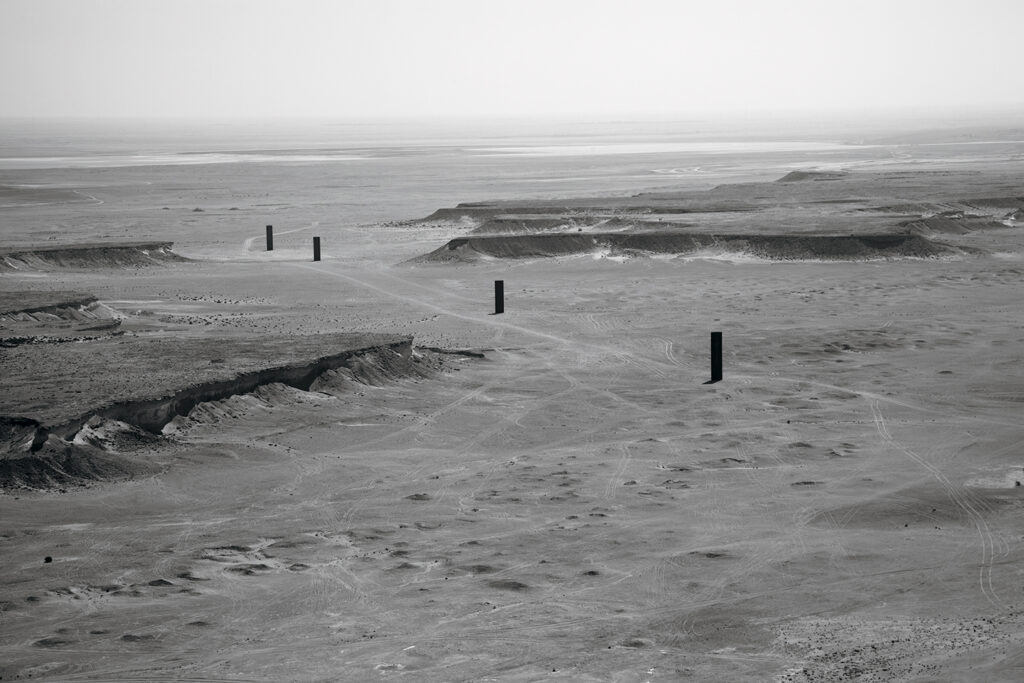
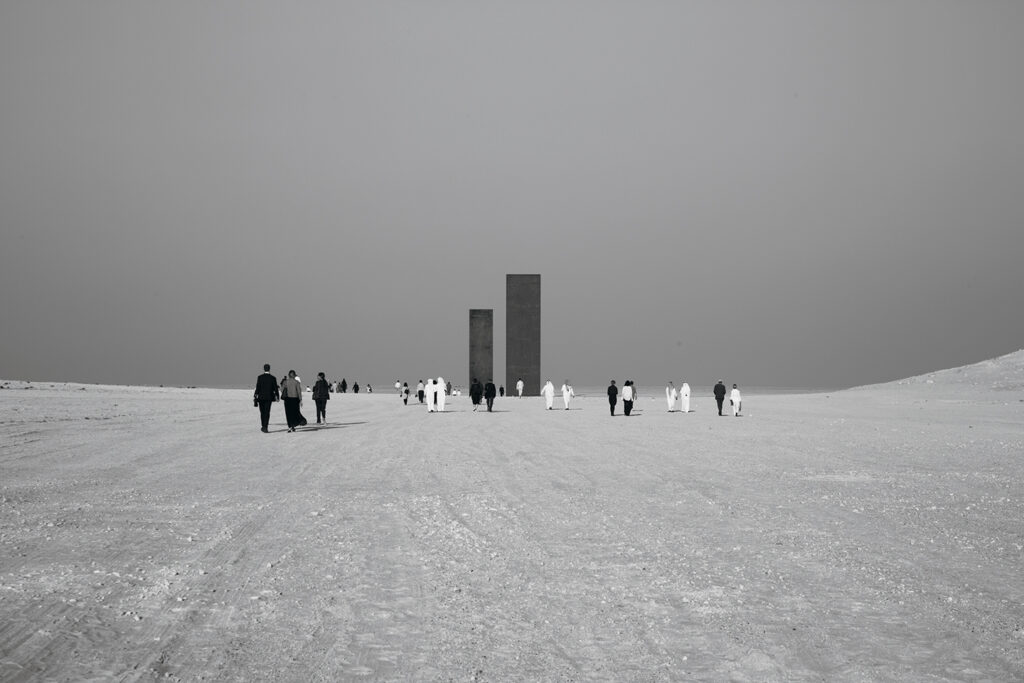

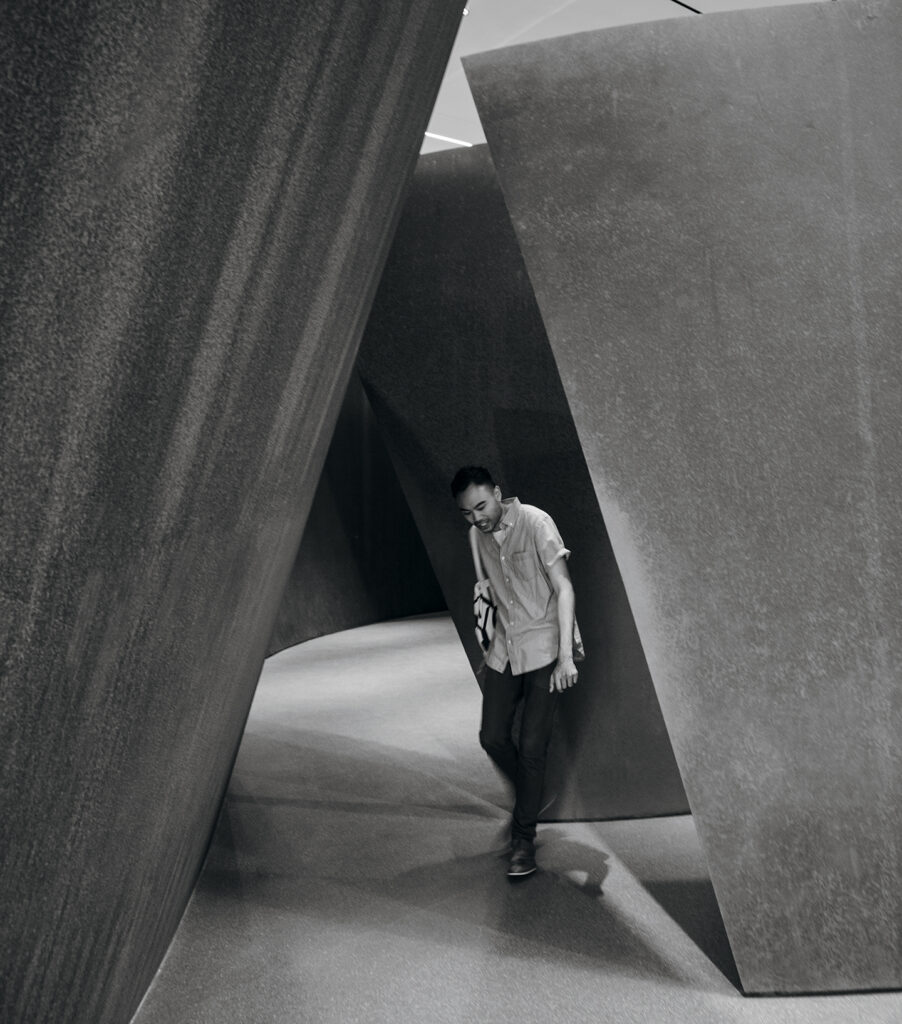

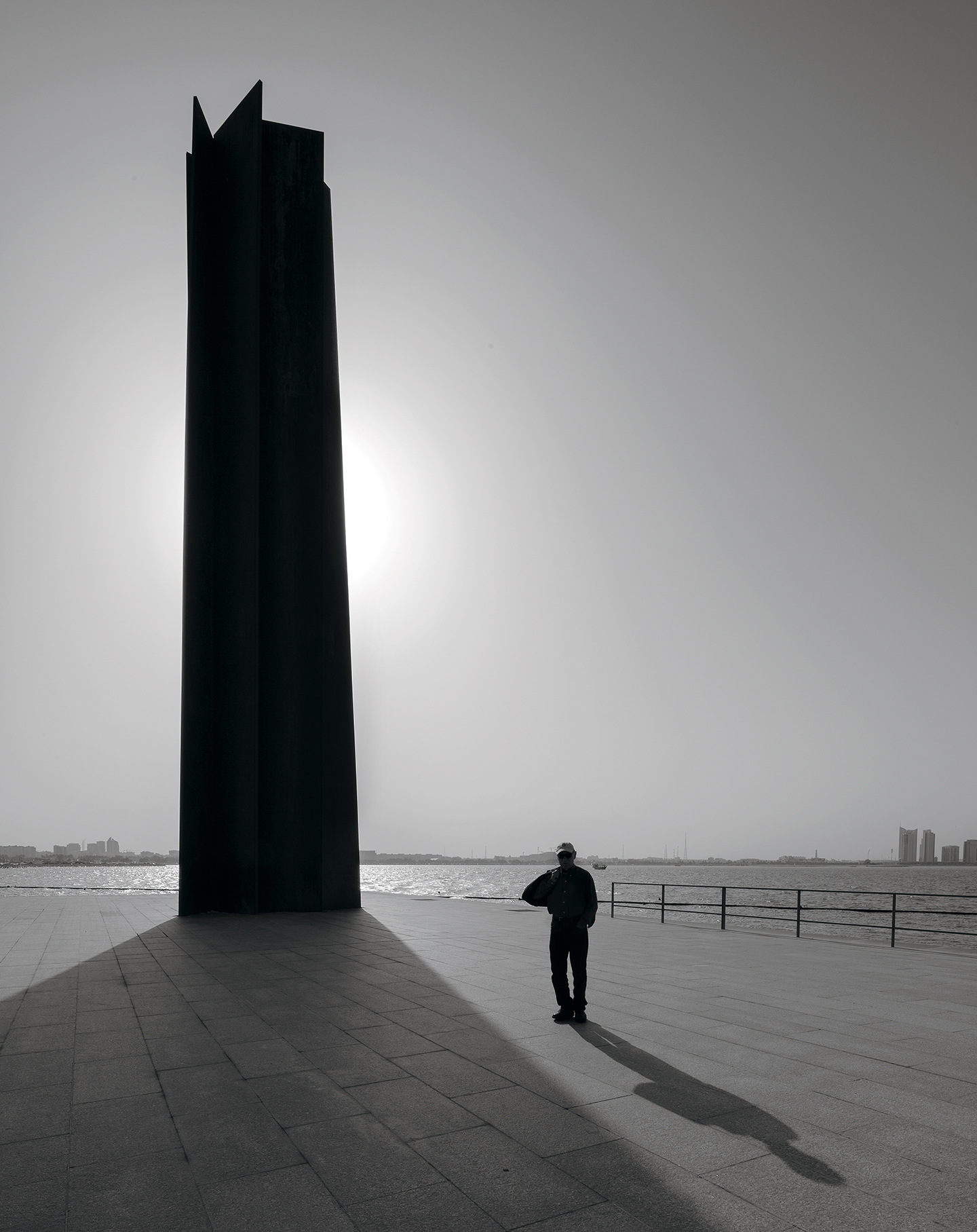
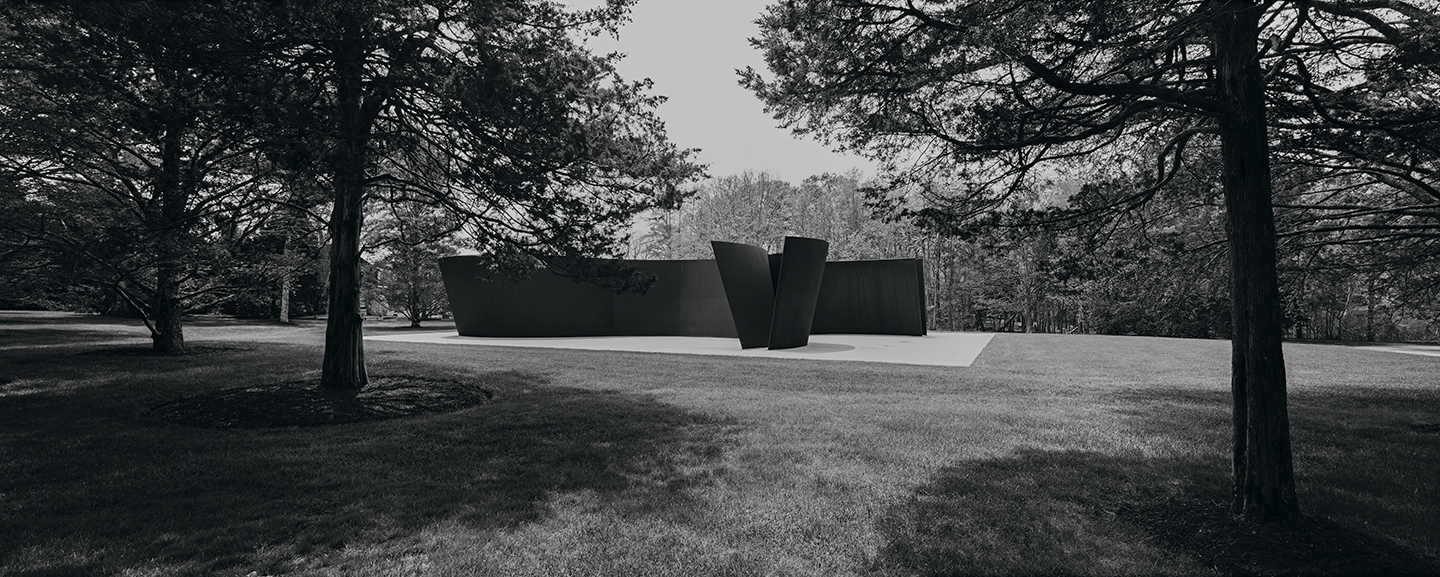
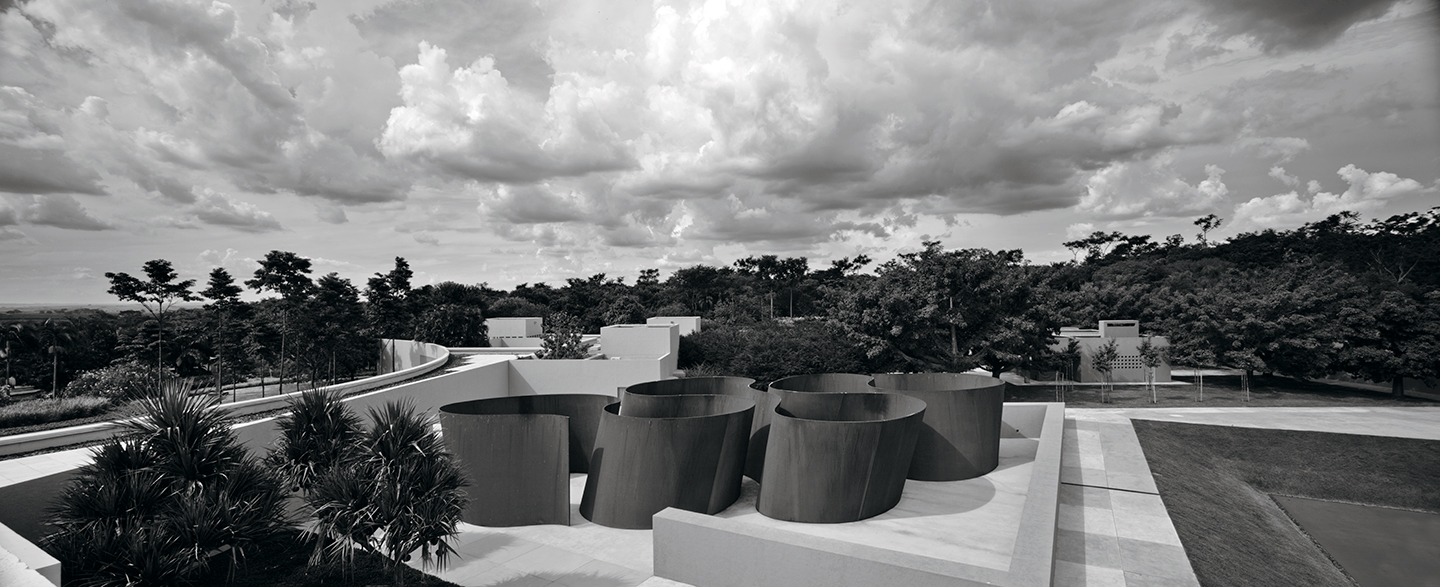
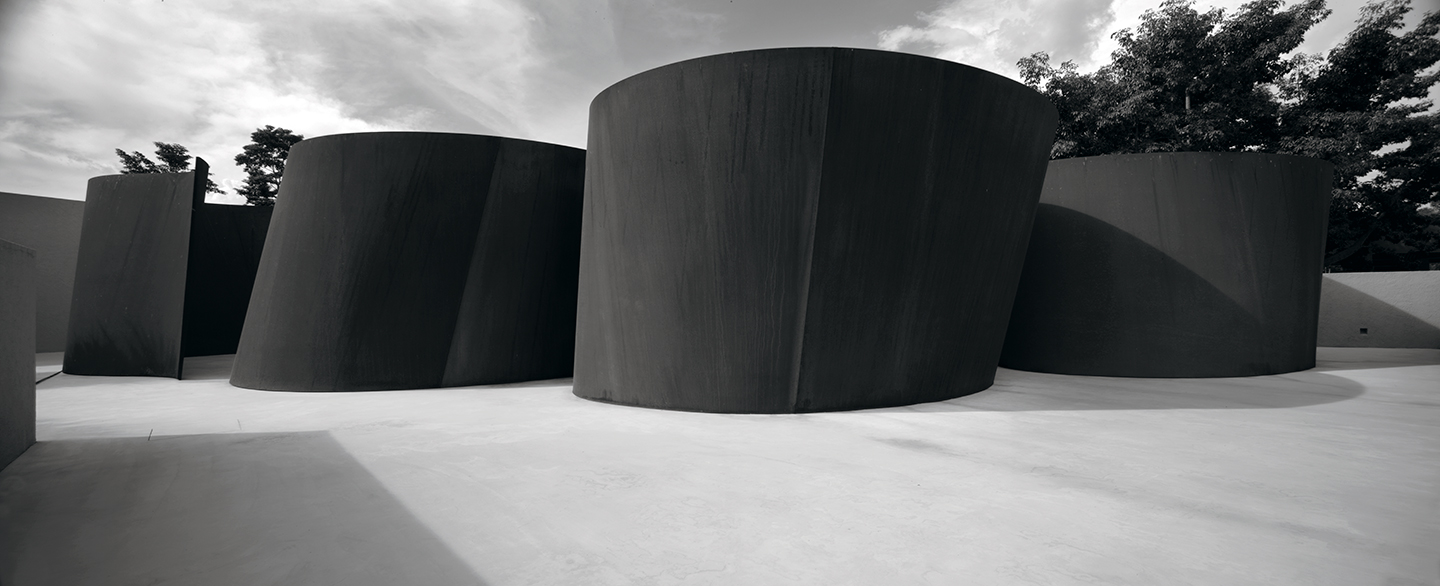

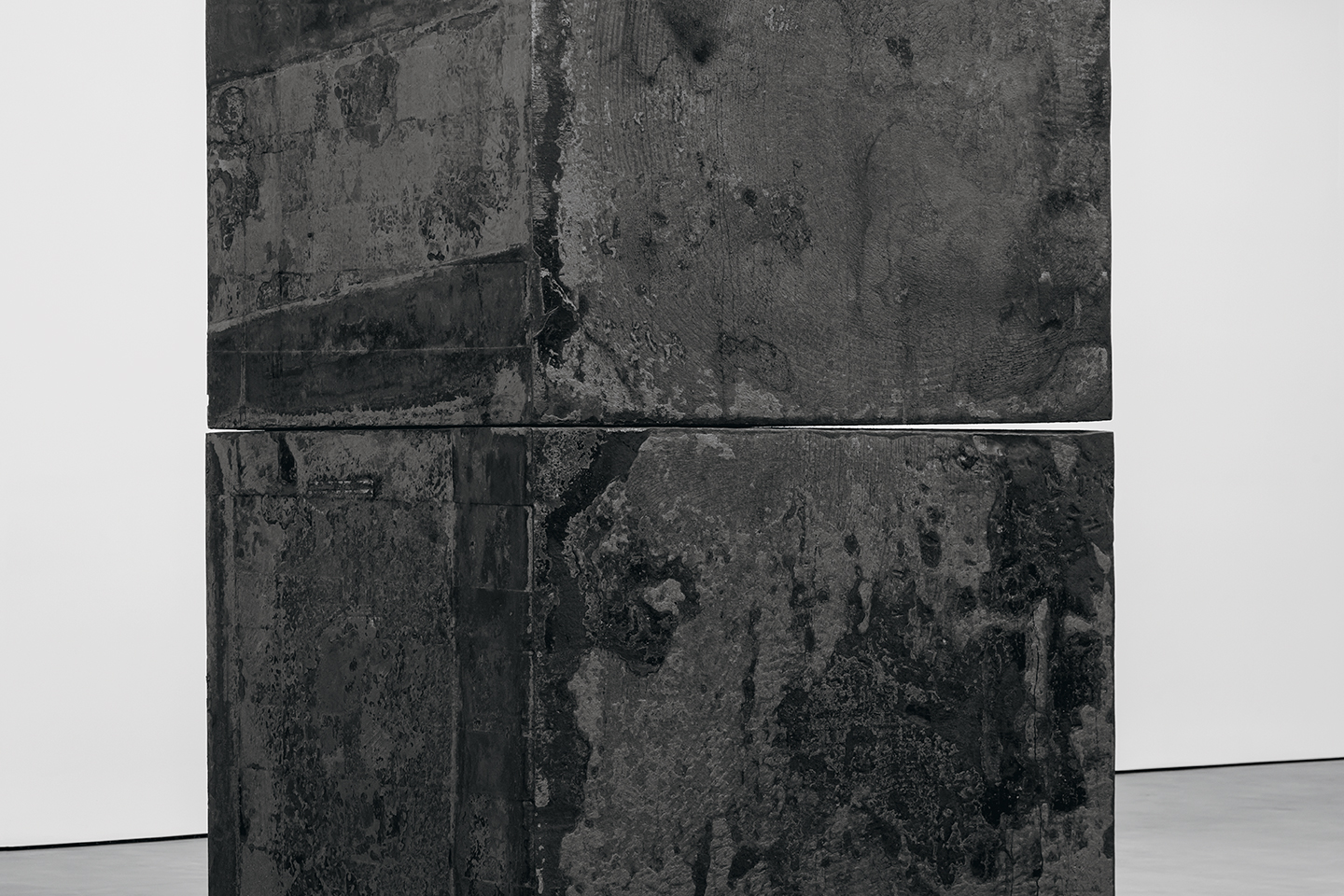
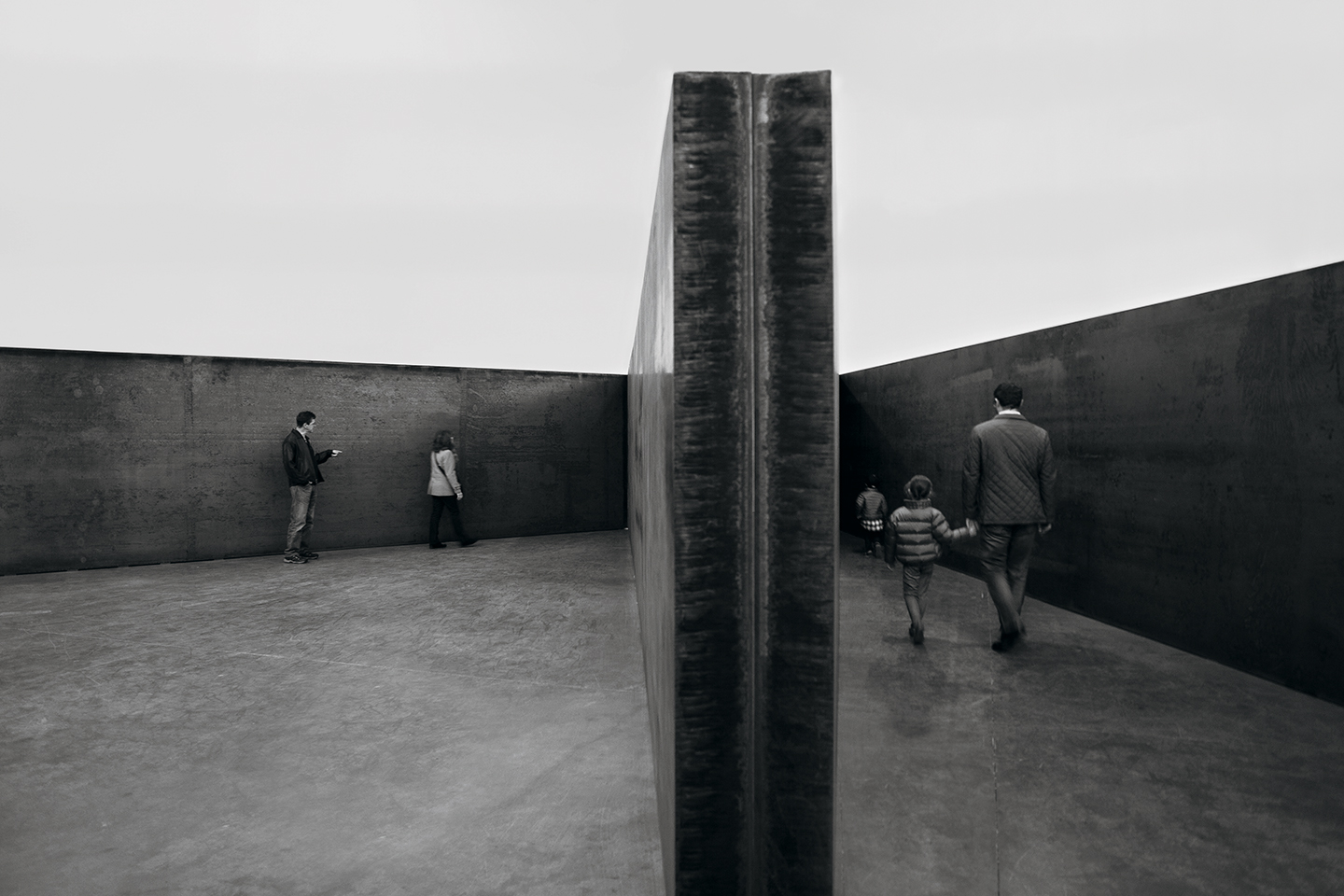
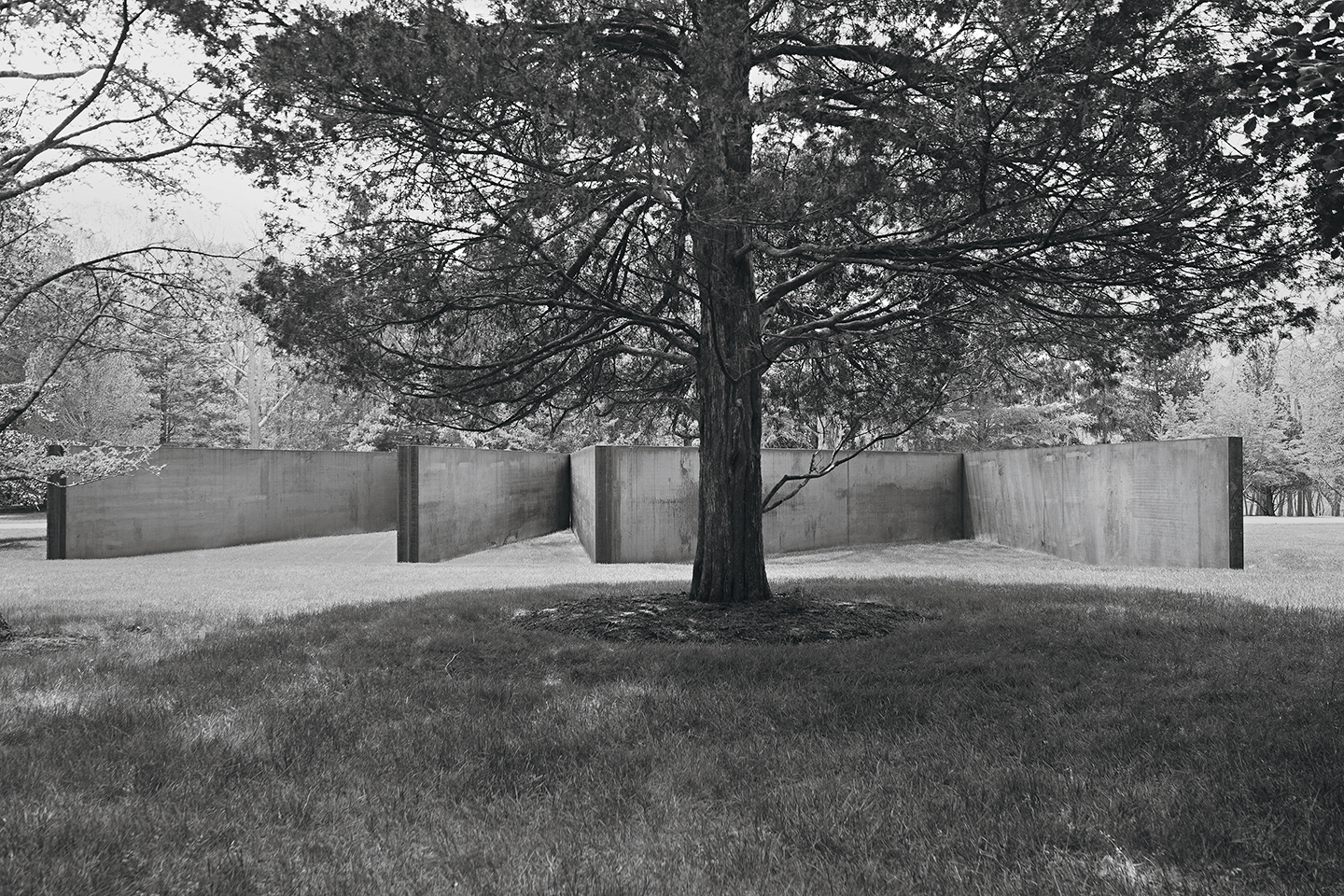
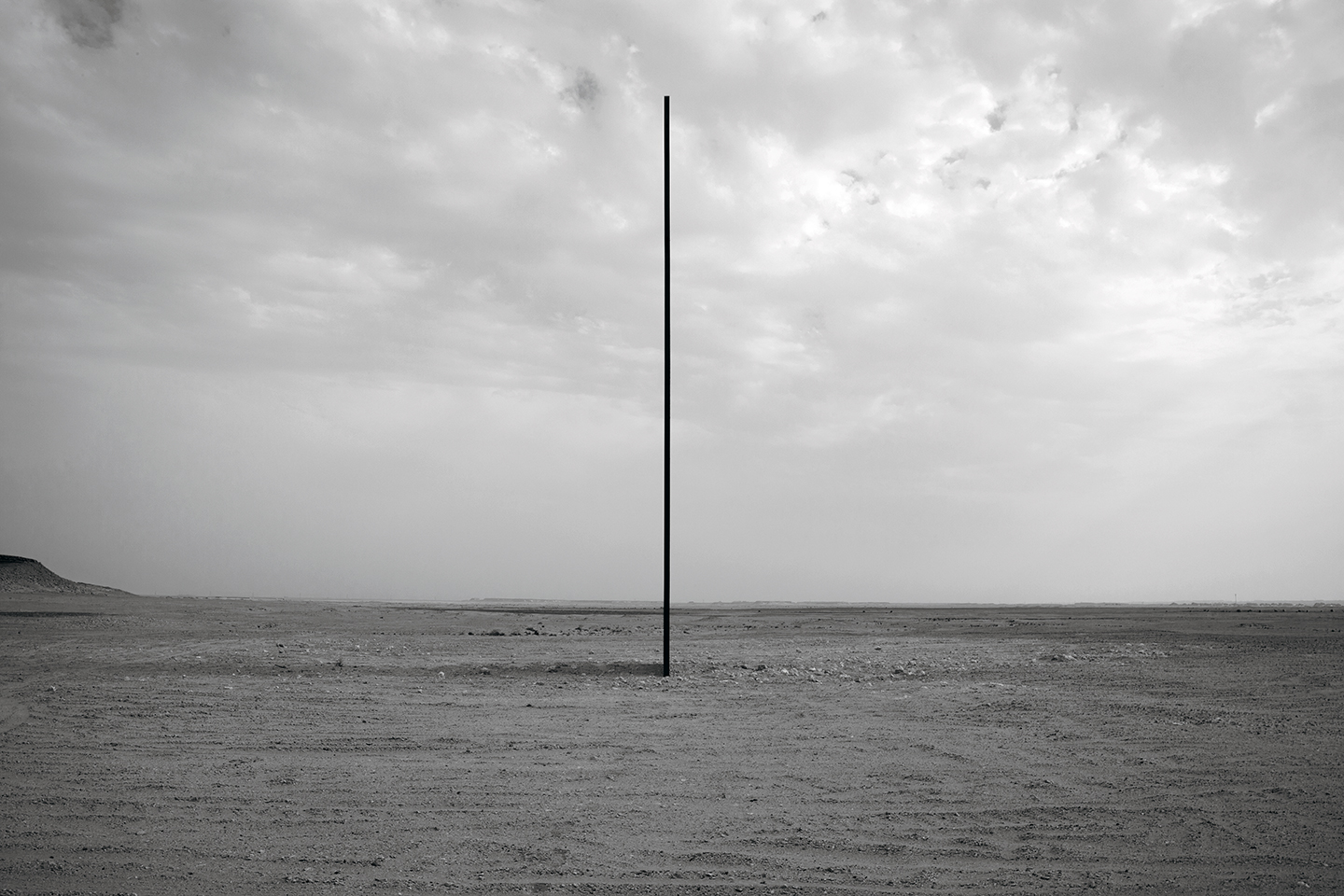

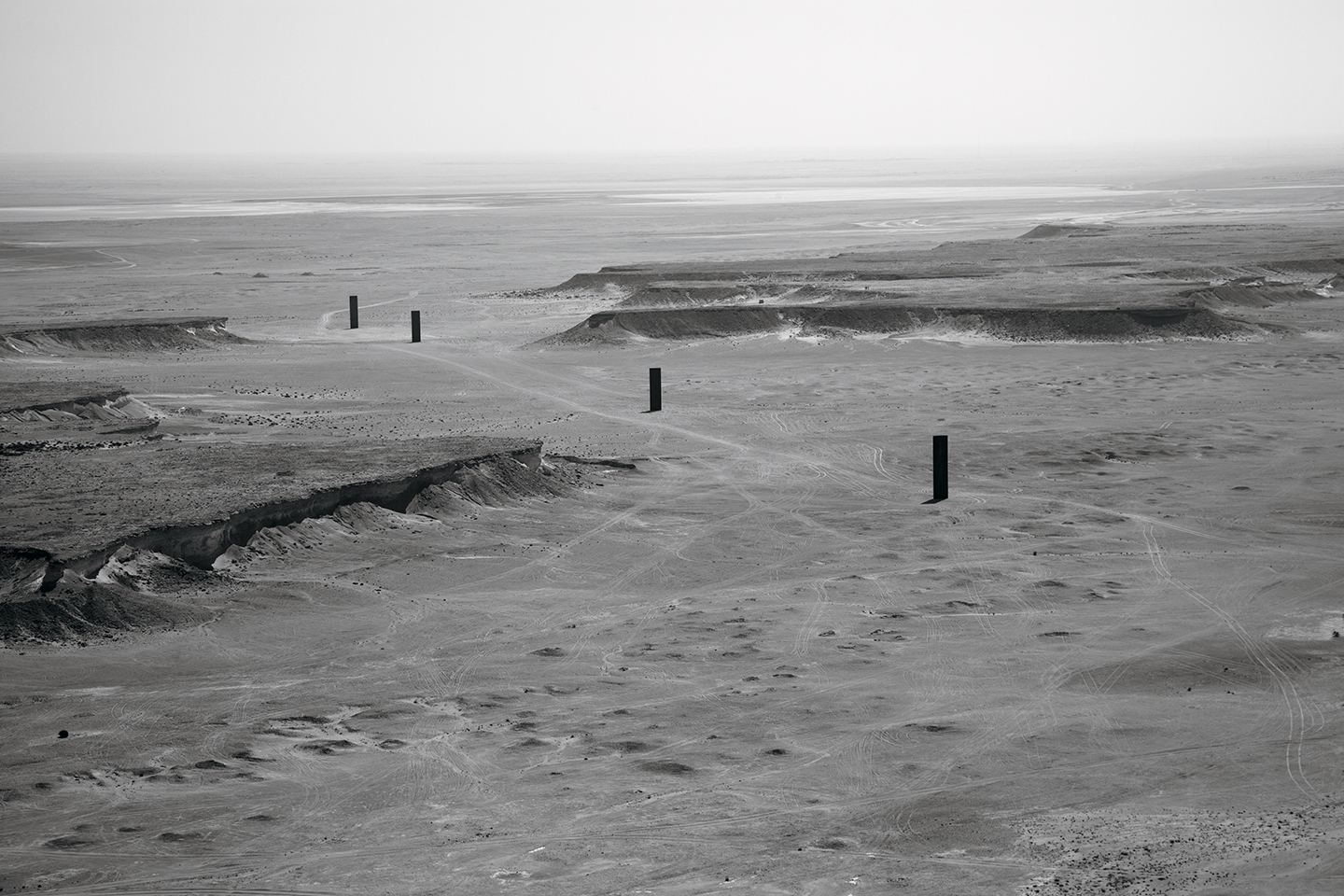
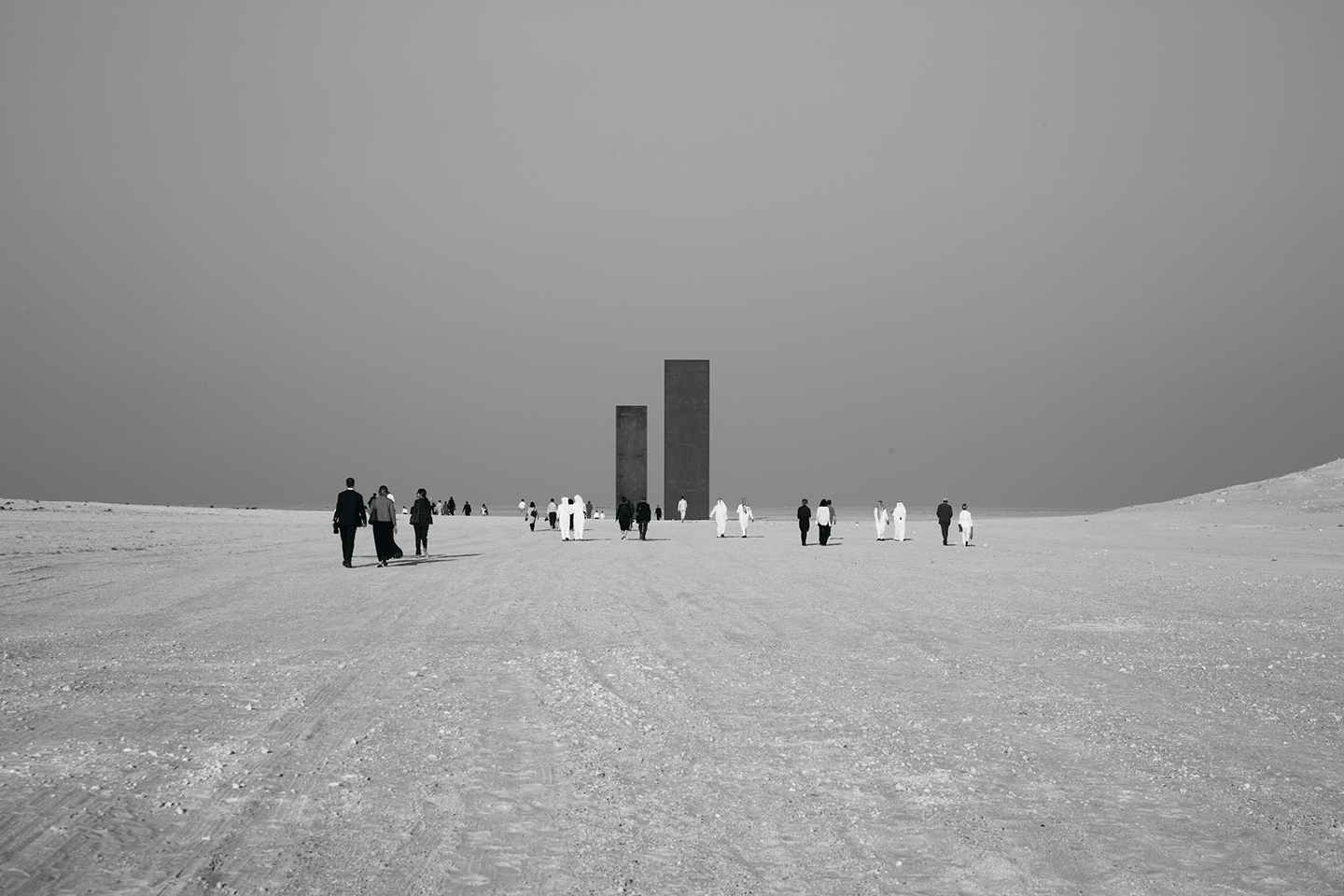
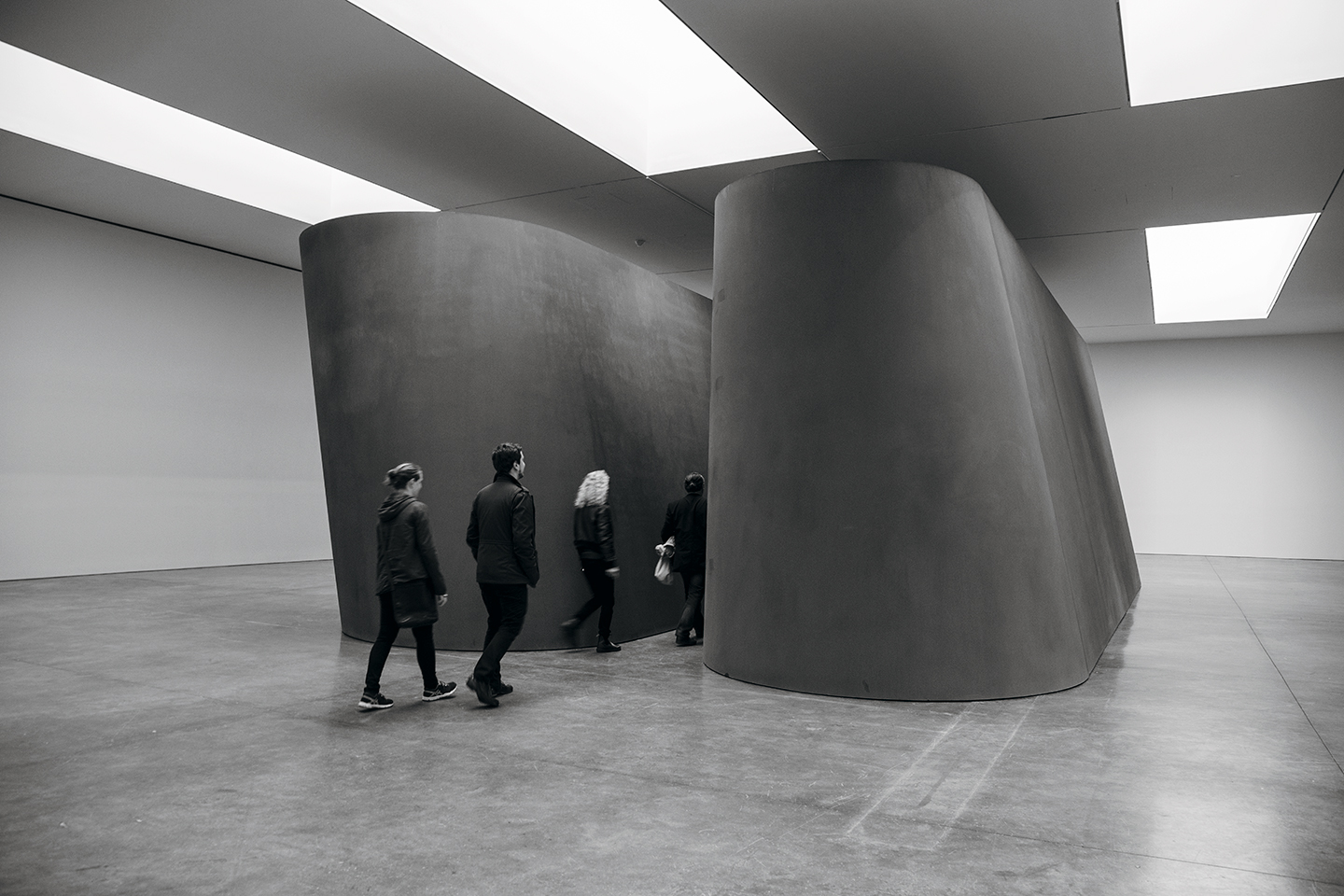
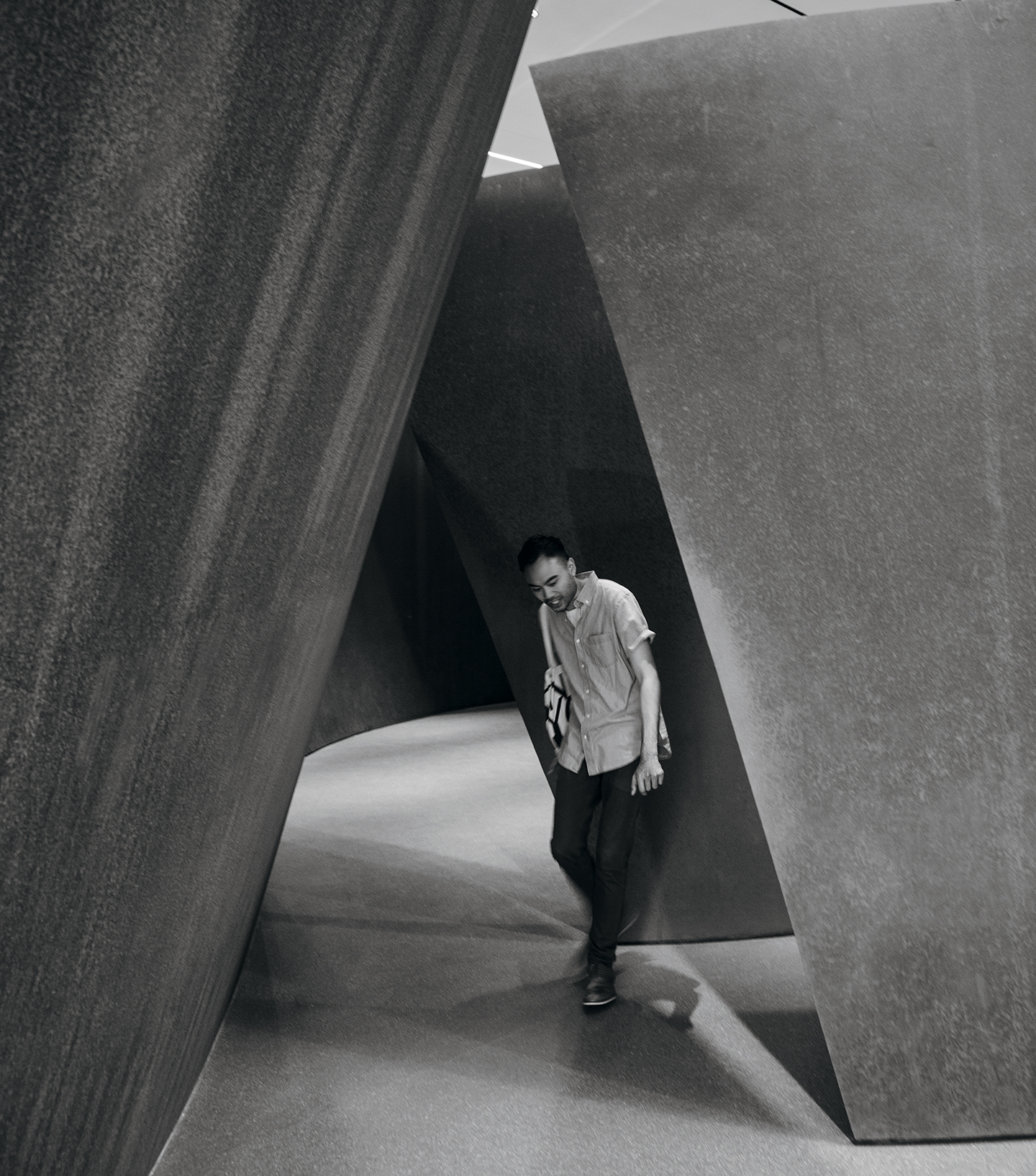
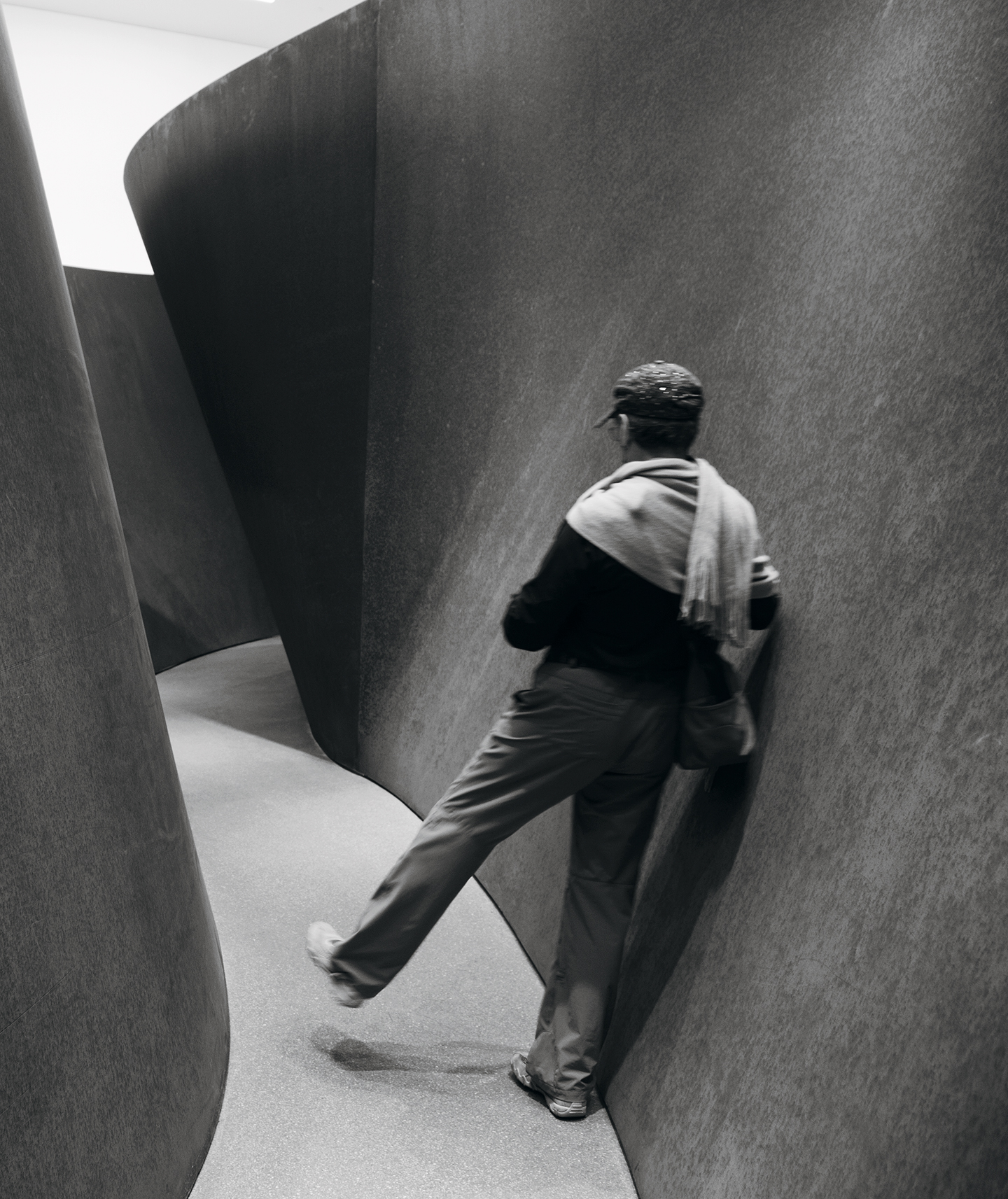
[1] Pedro Moreira Salles is the brother of the founder of piauí.

